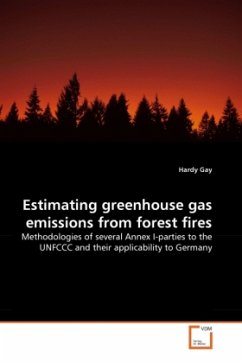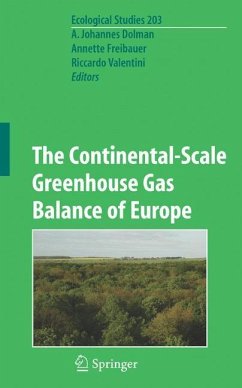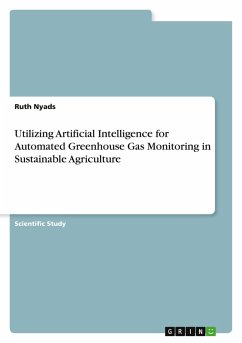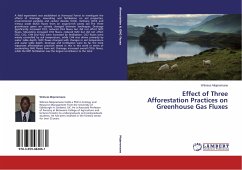
Greenhouse Gas Emissions From Soil
Factors Controlling the Amount and Partitioning ofGaseous Nitrogen Losses from Denitrification in anAgricultural Soil
Versandkostenfrei!
Versandfertig in 6-10 Tagen
32,99 €
inkl. MwSt.

PAYBACK Punkte
16 °P sammeln!
The objective of this study was to determine therelative importance of different factors incontrolling the amount and partitioning of gaseousnitrogen losses from denitrification in anagricultural soil. Denitrification (nitrous oxide +dinitrogen) and nitrous oxide emissions were measuredon repacked soil cores using acetylene inhibition.Both the amount and partitioning of gaseous nitrogenlosses could best be explained by consideration ofthe relative supply of, and demand for, terminalelectron acceptors (TEAs). Increasing soil watercontent and carbon addition, which limit oxygensupply, increased ...
The objective of this study was to determine therelative importance of different factors incontrolling the amount and partitioning of gaseousnitrogen losses from denitrification in anagricultural soil. Denitrification (nitrous oxide +dinitrogen) and nitrous oxide emissions were measuredon repacked soil cores using acetylene inhibition.Both the amount and partitioning of gaseous nitrogenlosses could best be explained by consideration ofthe relative supply of, and demand for, terminalelectron acceptors (TEAs). Increasing soil watercontent and carbon addition, which limit oxygensupply, increased denitrification through increaseddemand for alternate TEAs. Nitrate addition had noeffect on denitrification except when soil nitrateconcentration was low. The primary product ofdenitrification was nitrous oxide except where highcarbon availability (i.e. high demand for TEAs) waspresent in combination with low soil nitrateconcentration (i.e. low alternate TEA supply),resulting in increased reduction of nitrous oxide.












